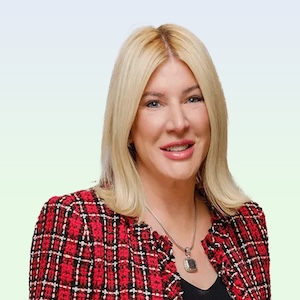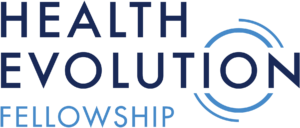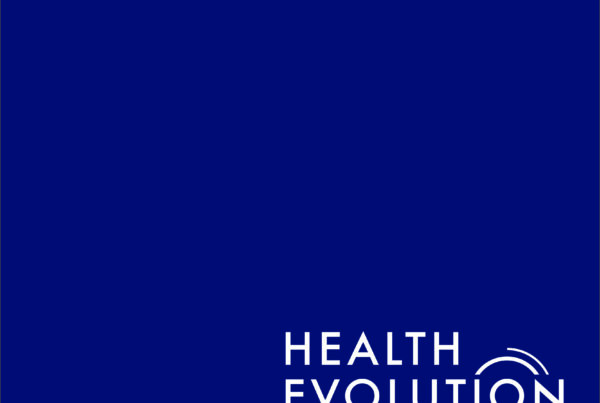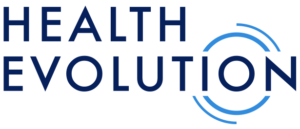Kim Tzoumakas is the CEO of a national pharmacy solutions company, VytlOne. She was named CEO and appointed to the board of directors in January 2025 after serving in leadership roles across the health care industry. With over 25 years of strategic and operational leadership experience, Tzoumakas has a proven track record of driving organizational transformation, fostering high-performing cultures, and delivering strategic growth.
Health Evolution interviewed Tzoumakas about her leadership experience, how VytlOne is advancing its mission, and her advice for navigating the pharmacy space.
Q: Kim, congratulations on your new role and welcome to the Health Evolution community. Let’s start by talking about your career journey. Having practiced law for many years and then serving as CEO of oncology and radiology companies, what drew you to VytlOne as the next step in your career? What are you hoping to accomplish during your tenure?
Thank you! I am thrilled to be a part of the Health Evolution community. Throughout my career, I have been honored to partner and work closely with hospitals and health systems in different roles.
I was drawn to VytlOne because pharmacy has the unique ability to be a highly strategic asset for hospitals—both increasing margins and enhancing patient care—in a way that few service lines do these days.
To be able to drive significant margin growth during a time withso many headwinds in reimbursement and labor costs is exciting. It allows us to be able to support and further the incredibly important missions of hospitals—delivering exceptional patient care, increasing patient access to treatments and specialty care, and enhancing patients’ quality of life.
Importantly, this was the foundation of our recent rebrand: Your Mission is Our Mission. We hear from our clients that the value we bring is vital to their success. We strive to be the VytlOne for each of our clients and partners. During my tenure, I want to create and deliver that value to as many nonprofit clients as possible.
Q: Help us understand the lay of the land in the pharmacy world right now. There’s so much happening in the news on a constant basis. From your vantage point, what actions should leaders take to ensure they are well-positioned to navigate new innovation, shifting competitive dynamics, and a continually evolving policy landscape?
Any change brings new opportunities. I agree there is a lot of noise out there right now. Some aspect of pharmacy seems to hit the headlines almost every day. The pharmacy space is complex, highly regulated, and always under scrutiny. However, it is also a critical component of a patient’s health and an essential part of the health care delivery system.
At VytlOne, we have invested significantly in propriety technology and in experts on our team. We spend a great deal of time analyzing and being aware of industry dynamics and potential policy changes. This enables us to better position our clients to optimize their pharmacy offerings when any changes occur.
Leaders need to ensure that they have access to substantive experts—either internal or external—so they can continue to stay ahead of the curve and best position their organization from an innovation and competitive standpoint.
Q: VytlOne partners with a wide range of hospitals and health systems. What are the biggest pressures you’re seeing hospitals face right now—and how does that influence how they view the pharmacy market and the types of strategies they’re deploying?
Recent cuts to the Medicaid program and continued downward pressure from insurance companies are top-of-mind concerns for our hospital clients. At the same time, costs continue to rise—particularly drug spend—making a pharmacy strategy focused on the health system-owned pharmacies even more critical.
Non-inpatient pharmacy workflows should not be left to outside, non-hospital-owned pharmacies who do not have the same clinical connection to the provider and the patient. With the burden of financial responsibility increasingly shifting toward patients, we owe them not only education, but direction, communication, and access—especially around higher-cost or chronic medications.
We have a real ability to intervene clinically and enhance patient experience by taking the view that the hospital experience does not end until the patient has received their medicines from a hospital pharmacy and is aware, educated, and compliant with them. And there can be a compelling ROI for taking on this responsibility.
Q: We’ve talked about the pressures, but let’s also look at the opportunities. What are the prime opportunities—both financially and clinically—for hospitals to do more in the pharmacy space? Why is the timing right for organizations to expand their focus now—and for organizations that are early on, what are the first steps you’d recommend they take to start moving in the right direction?
Across the country, independent pharmacies are closing. There is a very real, expanding gap in care that presents an incredible opportunity for hospitals to impact clinical outcomes and create revenue.
Hospital-based pharmacies are primed to be a central pillar of the care continuum. Communication between a hospital pharmacy and hospital clinic can be enhanced through technology and familiarity.
The first step we recommend is to take a deep dive into prescriber behavior patterns to understand the drugs, the pharmacies, and the patients. We do this as a first step in each of our potential partnerships with our proprietary data analytics software.
The next step is to align resources and workflows to optimize the pharmacy. This involves continuously monitoring and adjusting workflows to provide the best care possible for patients and to provide a ROI that hospitals can use to support and invest in their mission—whether that involves expanded access, more subspecialists, or something else.
Q: Now, let’s take a moment to explore some dynamics within the pharmacy space and how key players interact. From your perspective, how can leaders help foster a collaborative mindset?
As leaders, we have to focus on the bigger picture and ensure that we align incentives for teams to collaborate and work together. In our partnerships, we focus on aligning incentives and putting the mission of the hospital first.
Hospitals often have competing priorities between the HR and pharmacy functions. The key is to evaluate these needs holistically to determine what delivers the highest value for the system as a whole. We are flexible and creative in our approach and understand that each hospital’s patient population, culture, and mission is different.
Q: And how does embracing collaboration influence not just business strategy, but also the quality of patient care? How does effective collaboration around pharmacy help set up our clinicians and our patients for maximum clinical effectiveness?
Let’s look at a scenario: a patient goes to the doctor and finds out they have cancer. What immediate thoughts come into their minds? “Am I going to be ok?”, “What will this medicine do to me?”, “Can I afford this medicine?”, or “Is this going to hurt my family financially?”
What if we insert educated pharmacy staff into the clinic to counsel that patient and answer any questions about their medicine, walk them through costs, and provide or kick off financial assistance plans? How would addressing those questions before the patient leaves the clinic affect their mental health and anxiety as they begin their recovery journey?
Pharmacy staff can also take the administrative burden of the prior authorization and other documentation off clinical staff so they can focus on treating the patient. The hospital-based pharmacy can be proactive in outreach, knowing the prescription is coming, and the clinic can pick up the phone and call a local colleague with any questions. Electronic medical record access on both sides only enhances this further.
Most of the time it doesn’t work like that—but it can. Hospital pharmacies and clinics can collaborate to focus on the mission of delivering the highest level of patient care. Meanwhile, the patient can focus on their family and treatment instead of questions about complex medicines or our complex health care system.










